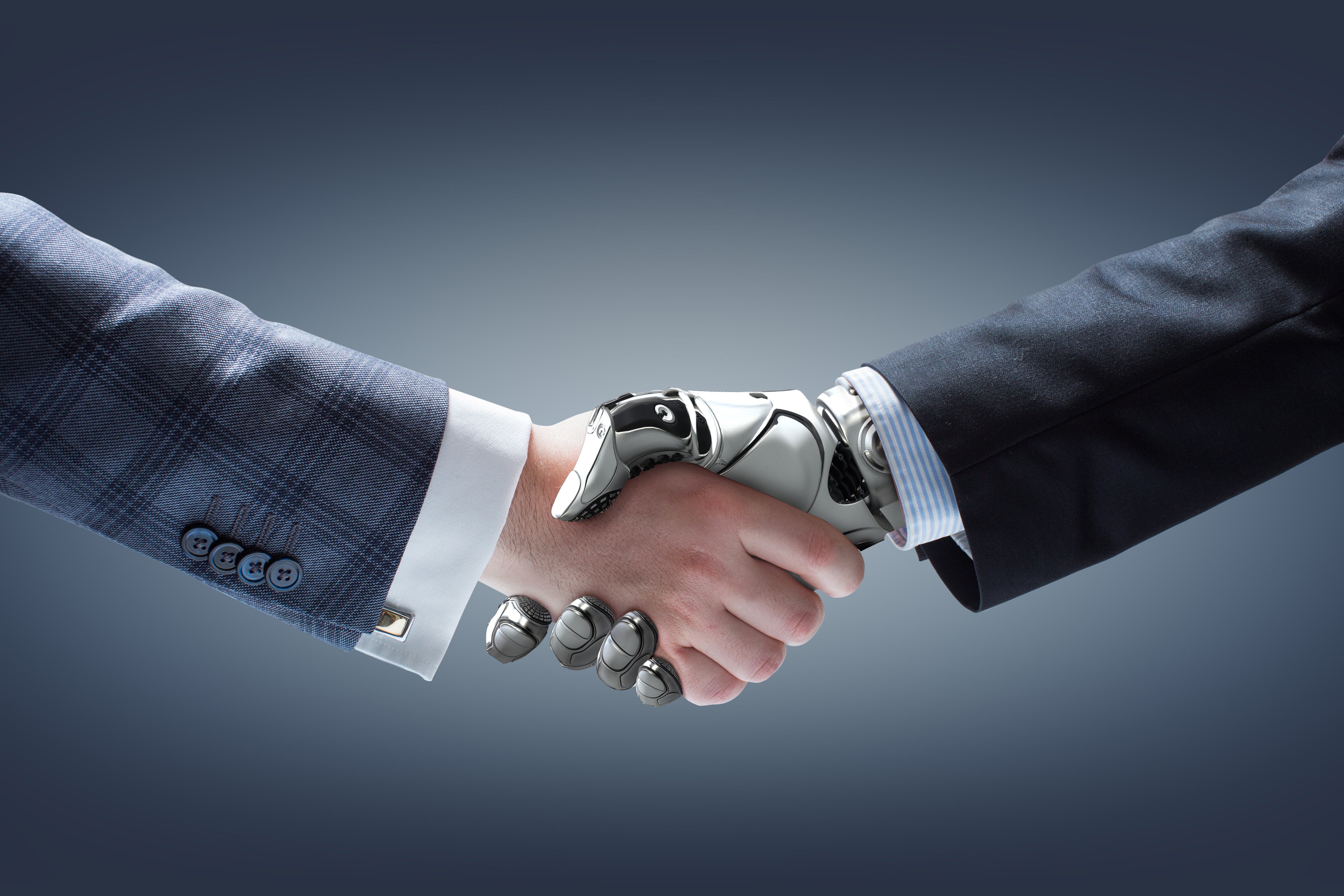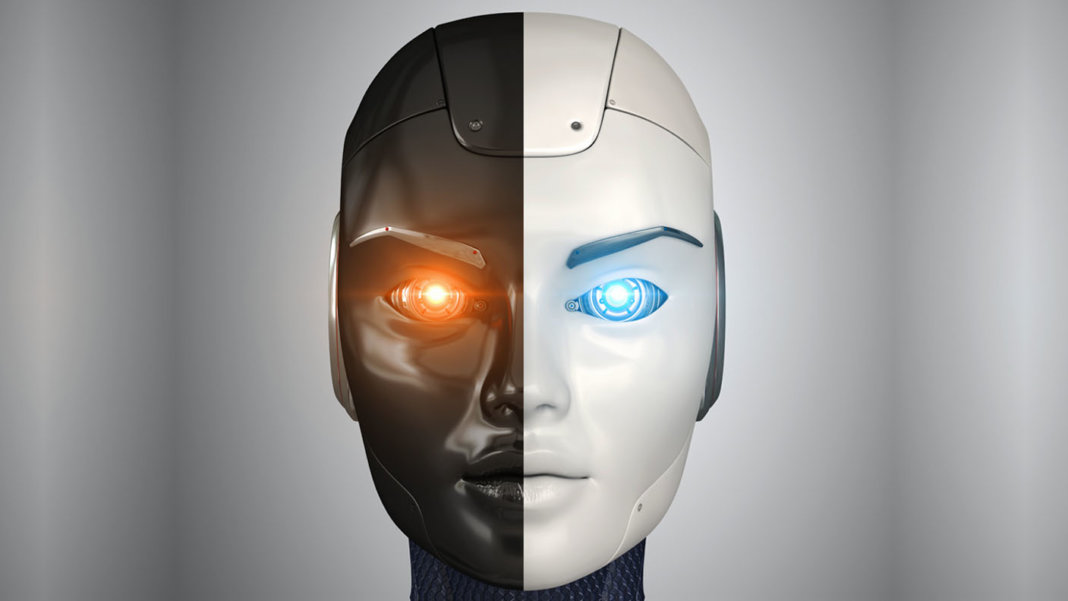
10 min read

How will YOU collaborate with AI to improve your work and business?
This third Metatrend (out of 20) is all about AI-human collaboration. The rise of “AI as a Service” (AIaaS) platforms will enable humans to partner with AI in every aspect of their work, at every level, in every industry.
It’s best summed up by an idea that LinkedIn Founder Reid Hoffman recently shared with me: “In the next 5 years, every profession will have an AI co-pilot.”
AIs will become entrenched in everyday business operations, serving as cognitive collaborators to employees, supporting creative tasks, tracking torrents of data, generating new ideas, and tackling previously untenable challenges. In some fields, partnership with AI will become a requirement.
For example, in the future, it will be considered malpractice to make a medical diagnosis without AI in the loop. Every day, there are roughly 5,000 medical scientific papers published. How many did your physician read this morning?
Authors will write their blogs, stories, and books in partnership with algorithms like GPT-3 / GPT-4. Artists and designers will use DALLE-2 and Stable Diffusion. Software programmers and engineers will partner with AIs to produce code and engineer prototypes.
In many ways, that future is already here.
In today’s blog, I’ll share examples of how we’re already collaborating with AI to do our jobs better—from creating art to diagnosing disease.
Let’s dive in…
AI-HUMAN COLLABORATION IN ART & DESIGN
People are working with AIs to transform the fields of art and design and redefine creative expression.
One of the most prominent examples of this is the use of OpenAI’s image-generation platform DALL-E 2, which was made available to everyone earlier this year. DALL-E 2 is an advanced machine learning model built to understand natural language and turn it into an image.
It creates creepily accurate renderings of almost any description imaginable, and now anyone can access it for free.
As of September 2022, the text-to-image platform’s 1.5 million active users are creating over 2 million images each day. And OpenAI has signed partnerships with a number of companies, including Microsoft and Shutterstock, which will only increase the platform’s use and influence.
And DALL-E 2 is not alone.
Stable Diffusion (by Stability AI) is another leading AI-based text-to-image platform already being used by more than 10 million users. Apps from TikTok to Lightricks have developed their own AI-powered art generators.
So, with all these options available, how are creators using AI to make new work?
Here are 3 examples:
EXAMPLE #1: “An AI co-pilot for designers.” Cloud-based design tool Figma is rolling out a plug-in called Ando that allows designers to create new ideas by combining text prompts, shapes, and images. Ando runs on Stable Diffusion and allows creators to generate and edit millions of design ideas: from new sneaker designs to sketches of cars.
EXAMPLE #2: Filmmakers and advertising executives use DALL-E 2 for client pitches. The New York Times recently interviewed several creative professionals on how they partner with AI to generate more creative ideas—faster. For instance, an Australia-based filmmaker, who has worked on hit shows including “Westworld,” is now using AI-generated art in his pitches to film studios. In one example, he was looking for an image of a specific type of marble statue. But after an unsuccessful search on Getty Images, he turned to DALL-E 2 and the AI generated better ideas than what he could find on Getty in a fraction of the time. As the filmmaker put it, “It’s like working with a really willful concept artist.”
EXAMPLE #3: Musicologists and scientists use AI to complete Beethoven’s unfinished 10th Symphony. Ludwig van Beethoven started working on his 10th Symphony before his death in 1827. But due to deteriorating health, he didn’t make much progress. When he died, all he left behind were some musical sketches. Nearly two centuries later, a team of music historians, musicologists, composers, and computer scientists have used an AI to complete the piece. They partnered with the startup Playform AI, taught the AI both Beethoven’s entire body of work and his creative process, and brought Beethoven’s vision for his 10th Symphony to life. One of the music experts on the team said the AI reminded him of an eager music student who practices every day, learns, and becomes better and better.
AI-HUMAN COLLABORATION WRITING & CONTENT CREATION
Can AI cure your writer’s block?
That’s the goal of Lex, an AI-powered word processor that runs on OpenAI’s language model GPT-3.
Lex looks like a minimalistic version of Google Docs.
A lot of the coverage of GPT-3 has focused on the AI writing entire pieces on its own, but Lex aims to help writers get unstuck. For example, after writing a few lines in Lex, a user can type ‘+++’ and GPT-3 will suggest what to write next. It can also help writers generate ideas for titles.
Yet given the power and increasing availability of language models like GPT-3, Lex is not unique.
Several startups—from Copy.ai and WriteSonic, to Simplified and Wordtune—have entered the market to empower writers.
But writers aren’t using AI merely to help them finish their sentences.
Here are 3 other ways that writers (and others) partner with AI to create and improve their content:
EXAMPLE #1: Creating more accurate profiles of readers and users. Personalization is key to reader and customer engagement. AI helps writers, marketers, and others create personalized content by gathering audience data, analyzing it, and creating more accurate profiles of readers and customers. For example, it allows marketers to move from generalized and templated email marketing campaigns to those based on personalized content.
EXAMPLE #2: Ideation and topic generation based on analyzing readers and users. AI can process data and draw insights in ways that humans never could. By analyzing audience and customer data (e.g., demographics, interests, and preferences), AI can give writers and creators new insights about what will resonate most and produce more SEO-friendly results.
EXAMPLE #3: Improve the performance of social media content. AI-powered analysis can also go beyond demographics, and understand audience behaviors, sentiments, and preferences. This leads to more personalized content that can improve everything from a brand’s presence to sales.
AI-HUMAN COLLABORATION IN HEALTHCARE
As I’ve mentioned in previous blogs in this Metatrends series, AI is leading a massive wave of disruption in healthcare.
A key aspect of that disruption is scientists and medical professionals partnering with AI to improve care and outcomes.
Here are 3 examples:
EXAMPLE #1: AI helps medical teams identify lung diseases faster and more accurately. Tuberculosis, pneumonia, and other infections that affect the lungs often require CT scans, blood tests, X-rays, or ultrasounds. And getting results from these tests can sometimes involve lengthy wait times. Researchers in Scotland have used an AI-based technology originally created to detect Covid-19 from X-ray images to help identify a range of different lung diseases in a matter of minutes—with around 98% accuracy.
EXAMPLE #2: AI allows doctors to classify skin conditions with ease. Startup Piction Health uses machine learning to help physicians identify and manage skin disease—with the snap of a picture. The app, which identifies skin conditions ranging from acne to melanoma, can reduce the time it takes physicians to evaluate a case by up to 30%.
EXAMPLE #3: AI helps diagnose birth defects in fetal ultrasound images. Researchers at the University of Ottawa have used a deep learning model as an assistive tool for rapidly and accurately diagnosing cystic hygroma, a rare and potentially life-threatening disorder, from first trimester ultrasound scans. The study was a test to see how well AI-driven pattern recognition performs compared to the typical approach. As Dr. Mark Walker, who led the study, noted: “What we demonstrated was in the field of ultrasound we're able to use the same tools for image classification and identification with a high sensitivity and specificity.”
FINAL THOUGHTS
Are you using AI in your profession? Can you imagine having an “AI co-pilot” that helps you do what you do better, faster, cheaper?
Does that AI co-pilot exist? Will you use it? Create it? Avoid it?
As I’ve been saying, as forcefully as I can: “By the end of this decade there are going to be two kinds of companies: those that are fully utilizing AI and those that are out of business.”
The choice is yours.
In the coming years, it will be the entrepreneurs, creators, and leaders who work with technology that will have the most impact.
In our next blog in the Metatrends series (#4 of 20 Metatrends), we’ll explore the idea that Most Individuals Utilize a “JARVIS-Like” Software Shell to Improve Their Quality of Life.
DOWNLOAD MY FREE METATRENDS REPORT
If you’re interested in what I think is *most important* for entrepreneurs, creatives, and leaders to understand over the next 10 years, then download a free copy of my full report: Top 20 Metatrends & Moonshots Report for 2022 - 2032.
ALSO, these 20 Metatrend topics are the focus of my annual Abundance360 Summit where I bring together top entrepreneurs, investors and CEOs to discuss how these Metatrends are re-inventing every industry.
Abundance360 is my year-round Mastermind and Executive program. It is Singularity University's highest-level year-round, executive program.
The Summit takes place every March in Los Angeles.







